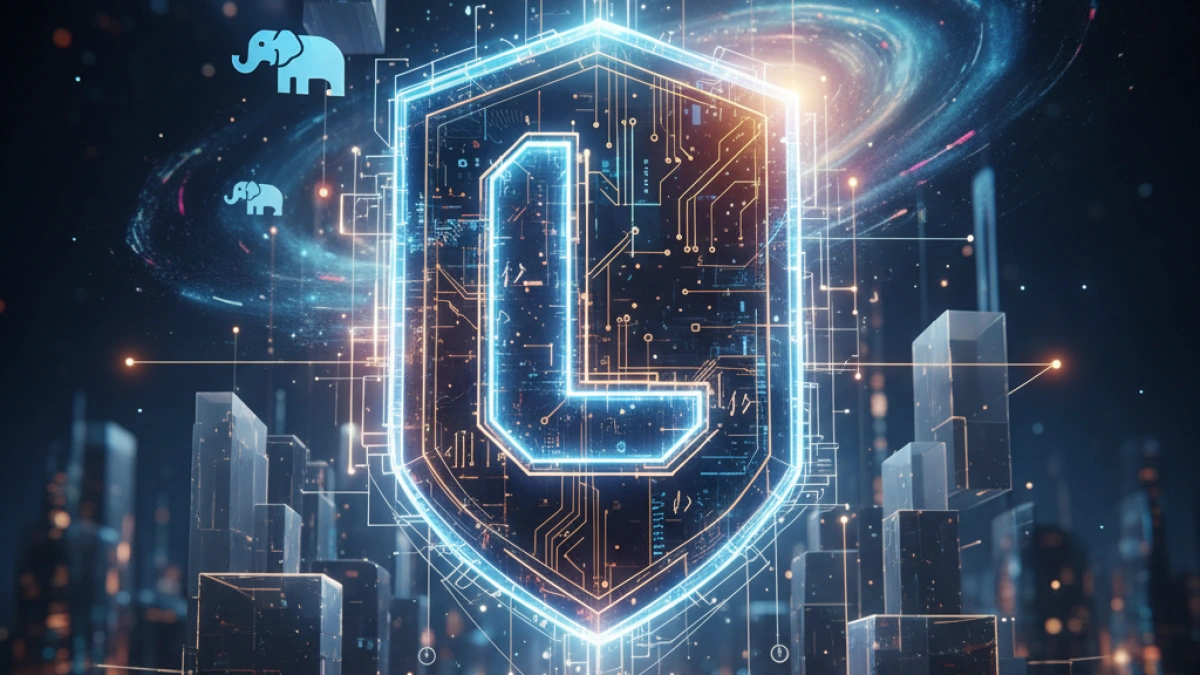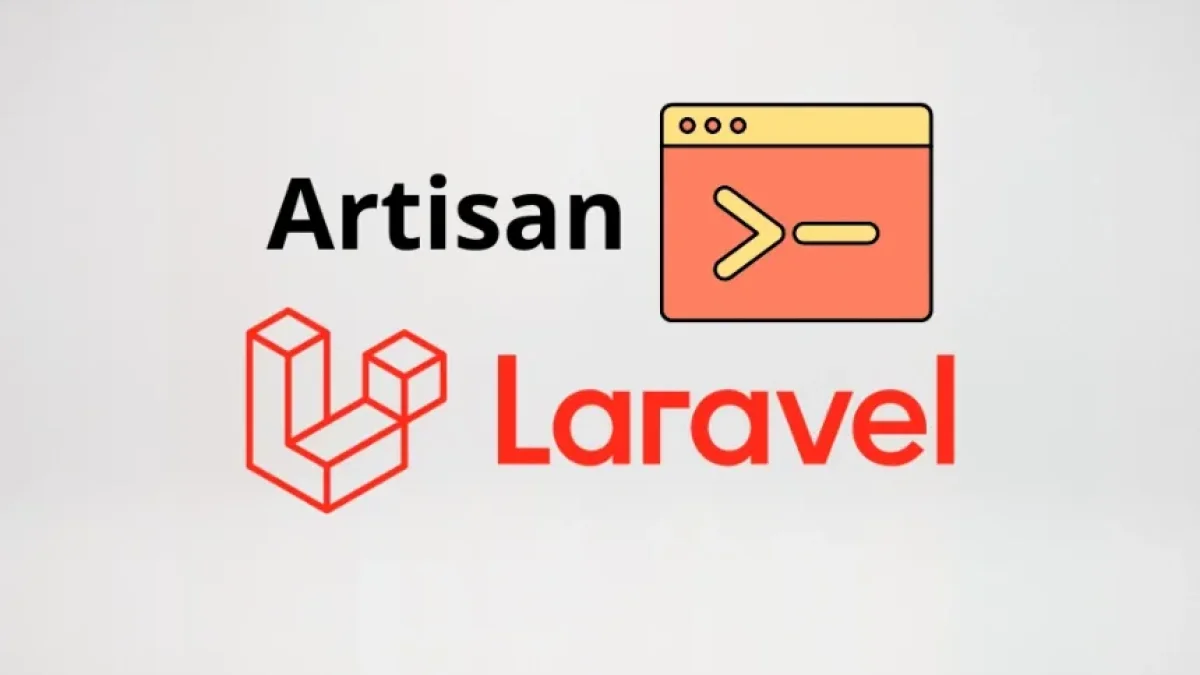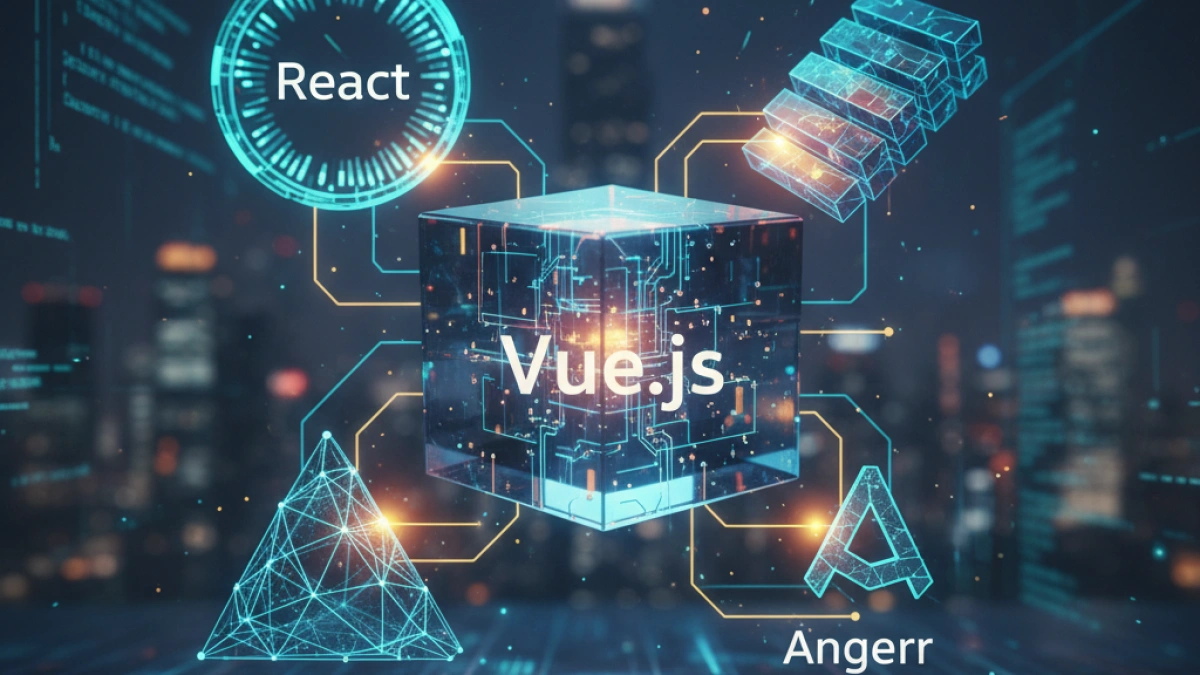Implementation of WebSockets in Laravel and Vue.js for Real-Time Applications


In the era of modern web applications, the need for real-time communication has become increasingly important. Interactive applications, such as chats, live notifications, and collaboration systems, require an efficient way to send and receive data without the need to reload the page. In this article, we will explore how to implement WebSockets in Laravel and Vue.js to build real-time applications.
What are WebSockets?
WebSockets are a communication protocol that enables a persistent connection between the client and the server. Unlike HTTP, which is a unidirectional protocol where the client sends a request and the server responds, WebSockets allow for bidirectional communication. This means that both the client and server can send messages at any time, which is ideal for applications that require real-time data.
Advantages of Using WebSockets
- Low Latency: The communication is established once and remains open, reducing response time.
- Reduced Server Load: Unlike repetitive HTTP requests, a WebSocket connection eliminates the overhead of establishing multiple connections.
- Support for Multiple Clients: Allows for real-time interaction between users, ideal for social and collaborative applications.
Prerequisites
Before getting started, make sure you have the following:
- A development environment with Laravel installed.
- Access to Node.js and npm (for using WebSocket tools).
- Basic knowledge of PHP, Laravel, and Vue.js.
Step 1: Install Laravel Echo and Socket.IO
Laravel Echo is a library that simplifies integration with WebSockets. To get started, we will need to install Laravel Echo and Socket.IO.
Read also
Installing Laravel Echo
Run the following command in your Laravel project's terminal:
composer require pusher/pusher-php-server
Installing Socket.IO
If you do not already have Node.js installed, download and install it. Then, create a new directory at the root of your project and navigate to it:
mkdir websocket-server cd websocket-server npm init -y npm install socket.io
Step 2: Configure Pusher in Laravel
Pusher is a platform that simplifies the use of WebSockets. Sign up at Pusher and create a new application. Then, add your credentials to the .env file of your Laravel project:
Read also
PUSHER_APP_ID=your_app_id PUSHER_APP_KEY=your_app_key PUSHER_APP_SECRET=your_app_secret PUSHER_APP_CLUSTER=eu
Next, configure broadcasting.php in Laravel, which is located at config/broadcasting.php:
'connections' => [
'pusher' => [
'driver' => 'pusher',
'key' => env('PUSHER_APP_KEY'),
'secret' => env('PUSHER_APP_SECRET'),
'app_id' => env('PUSHER_APP_ID'),
'options' => [
'cluster' => env('PUSHER_APP_CLUSTER'),
'useTLS' => true,
],
],
],Step 3: Create an Event
To send data through WebSockets, you will need to create an event that can be broadcast.
Generating an Event
Run the following command to create a new event:
php artisan make:event MessageSent
This will generate a file at app/Events/MessageSent.php. Make sure to implement the ShouldBroadcast interface in this event:
use Illuminate\Contracts\Broadcasting\ShouldBroadcast;
class MessageSent implements ShouldBroadcast
{
public $message;
public function __construct($message)
{
$this->message = $message;
}
public function broadcastOn()
{
return new Channel('chat');
}
}Step 4: Emit the Event
You can emit the event wherever you want in your application. For example, within a controller:
use App\Events\MessageSent;
public function sendMessage(Request $request)
{
$message = $request->input('message');
broadcast(new MessageSent($message))->toOthers();
return response()->json(['status' => 'Message sent!']);
}Step 5: Configuring Vue.js
Installing Laravel Echo in Vue
Install the Echo library and the Socket.IO dependency:
npm install --save laravel-echo socket.io-client
Configuring Laravel Echo
In your resources/js/bootstrap.js file, add the Laravel Echo configuration:
import Echo from "laravel-echo";
import Pusher from "pusher-js";
window.Pusher = Pusher;
window.Echo = new Echo({
broadcaster: 'pusher',
key: process.env.MIX_PUSHER_APP_KEY,
cluster: process.env.MIX_PUSHER_APP_CLUSTER,
encrypted: true
});Listening for the Event in Vue.js
In your Vue component, you can listen for the event as follows:
mounted() {
Echo.channel('chat')
.listen('MessageSent', (e) => {
console.log(e.message);
});
}Step 6: Starting the Socket.IO Server
Create a server.js file in the websocket-server directory and add the following code:
const io = require('socket.io')(3000);
io.on('connection', (socket) => {
console.log('New user connected');
socket.on('disconnect', () => {
console.log('User disconnected');
});
});Now, start the Socket.IO server:
node server.js
Step 7: Testing the Application
Now that everything is set up, you can test your application. Send a message from somewhere and verify that other clients connected via WebSocket receive it in real-time.
Conclusion
Implementing WebSockets in Laravel and Vue.js allows you to effectively build interactive and real-time applications. By using Laravel Echo and Pusher, you simplify event management and real-time communication, enriching the user experience. With this foundation, you can explore more advanced topics like channel authentication and managing the state of real-time applications.
If you have questions or comments, feel free to leave them below!



















